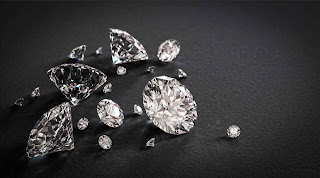The new Indian consumers trend at WEF

10 Mega Trends appeared: How India Will Consume in 2030 India to witness a 4x growth in consumer spends! According to Nikhil Prasad Ojha and Zara Ingilizian, “The new Indian consumers will be richer and more willing to spend, and unlike their predecessors, will have very specific preferences.” Over the next decade, consumption in fast-growth consumer markets such as China, India and Southeast Asia will be reshaped by the Fourth Industrial Revolution and more than one billion first-time consumers. The Future of Consumption in Fast-Growth Consumer Markets, a project in collaboration with Bain & Company, focuses on the emerging markets that comprise more than 40% of the world’s population. After studying China in 2017, for 2018 it turned its attention to India. India is one of the fastest-growing economies in the world. By 2030, it is on course to witness a 4x growth in consumer spend. It will remain one of the youngest nations on the planet and will be home t...


